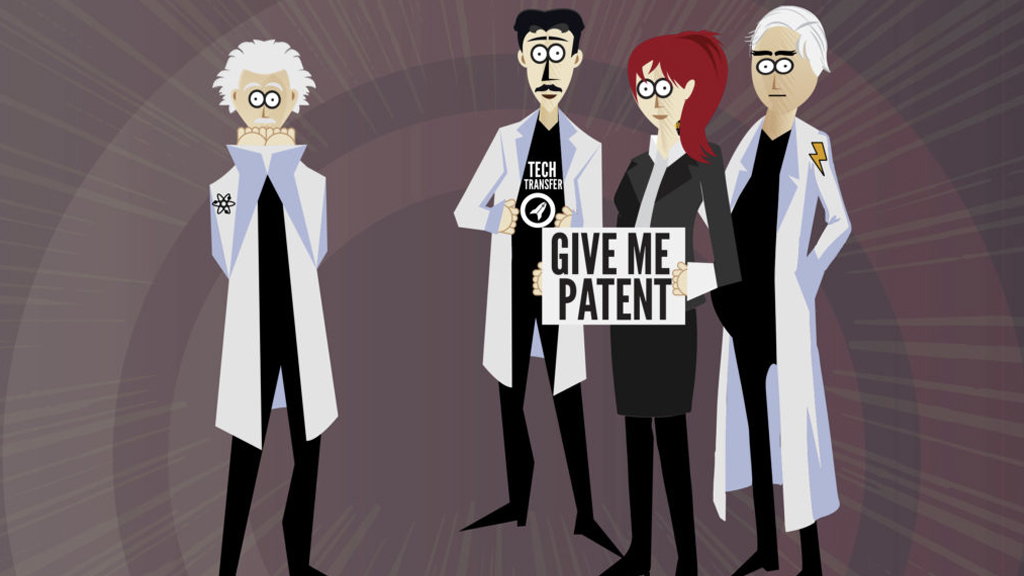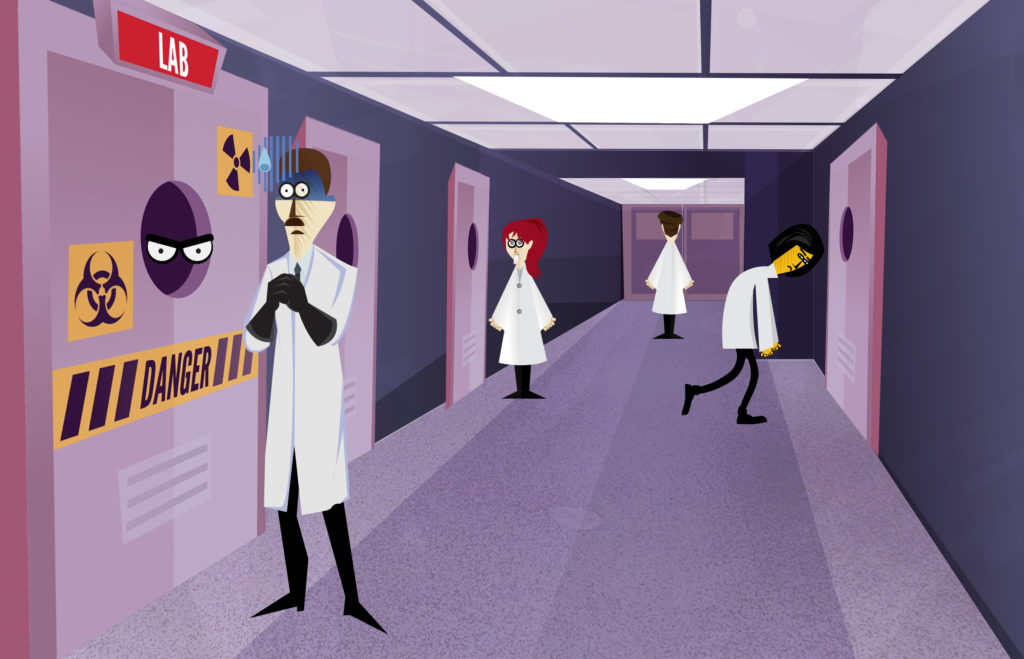Beyond their education and research missions, universities across the nation have turned research discoveries into big business. In addition to protecting intellectual property from faculty discoveries, universities build and support startup pipelines to help researchers commercialize those technologies.
However, there are a few misconceptions when it comes to university tech transfer offices that keep faculty at bay. Here, we’ll take a look at four misconceptions and explore the truth behind the thinking.
Misconception 1: Filing patent paperwork is all tech transfer offices do
While tech transfer offices are in the business of patents, many offer a full range of services to support the commercialization process. This can include everything from strategy and startup development to the establishment of enterprise and industry ventures. Many university tech transfer offices operate incubators, co-working space for startups and accelerator programs, and some even build and manage venture funds.
“At the University of Houston, we now offer lots of services to faculty, such as strategy sessions to help them understand the commercial potential of their technologies,” said Chris Taylor, executive director of the UH Office of Technology Transfer and Innovation. “We also help faculty license their technologies to ensure fair use as they transition them into the market.”
Misconception 2: I need to have a fully-developed idea to submit a disclosure
According to Taylor, many faculty begin interacting with tech transfer offices once they have a technology fully developed. But tech transfer offices can do much more for faculty if involved early in the process.
“Yes, we do help protect what’s been developed. But, if we have a conversation at the beginning, we could help faculty shape or pivot their technologies. This will give them the greatest market potential,” he said.
One of the many benefits of tech transfer offices is their ability to readily research the market.
“We can determine whether or not technologies can be disclosed, patented and licensed. It’s important to know this before going through a lengthy and expensive filing process.”
Misconception 3: The patent process will slow down my publication plans
Publishing researching findings may be one of the most important activities for the university researcher. However, publishing research on unprotected discoveries can result in the loss of patent rights. Therefore, filing a disclosure is very important, according to Taylor.
“Publishing is one of the best ways to market university technologies,” he said. “However, industry values patented technologies, so it’s better to make a small time investment to protect your IP.
Misconception 4: Getting a patent is the primary goal for tech transfer offices
As Taylor explains, the primary goal of tech transfer offices is to help faculty “transfer” their discoveries to society. And while patenting technologies is one way to do that, tech transfer offices also provide education and mentoring programs. They also support other protections such as copyrights for software.
“IP protection is important,” he said. “It gives faculty control over how their technology is used, for good or for bad. So, this is an important part of the work that we do for faculty. But, we support faculty in so many other ways through the entire pipeline.”



